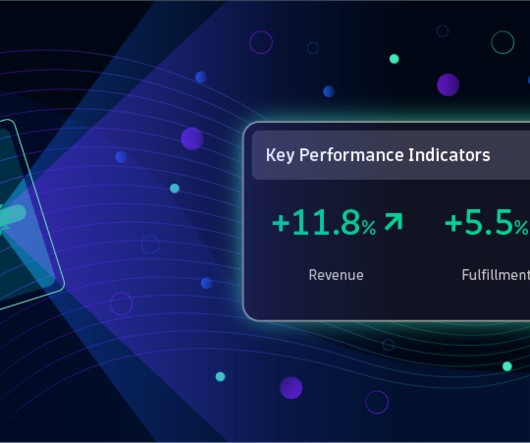Customer expectations for retail: Beyond digital experience
Dynatrace
AUGUST 28, 2023
This is typically the first thing that comes to mind for IT professionals working in the retail industry when evaluating holiday readiness. CEOs of hybrid retailers prioritize e-commerce growth over in-store shopping, investing heavily in their online storefronts. Multi-channel logistics. That lesson remains important.












Let's personalize your content